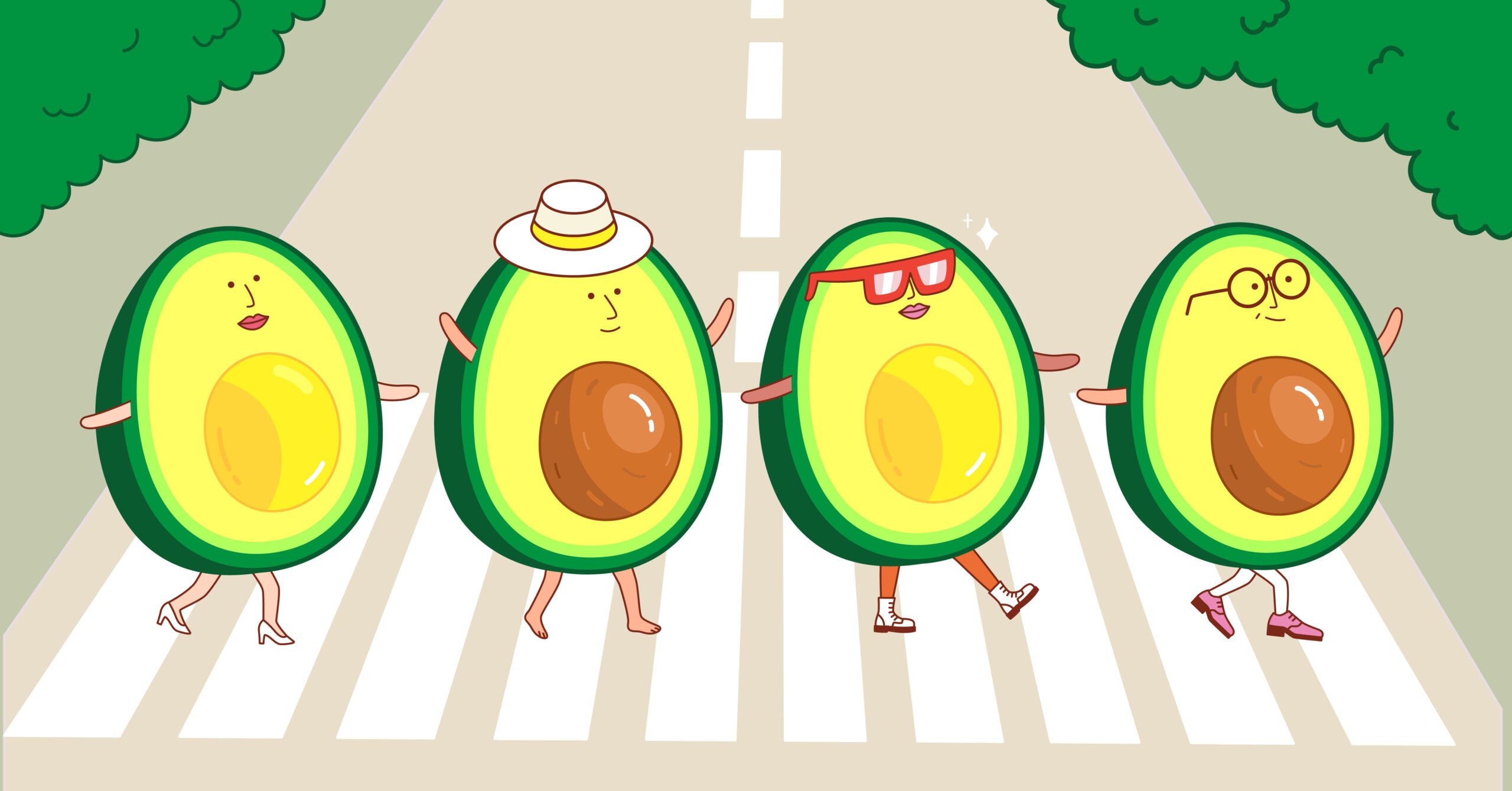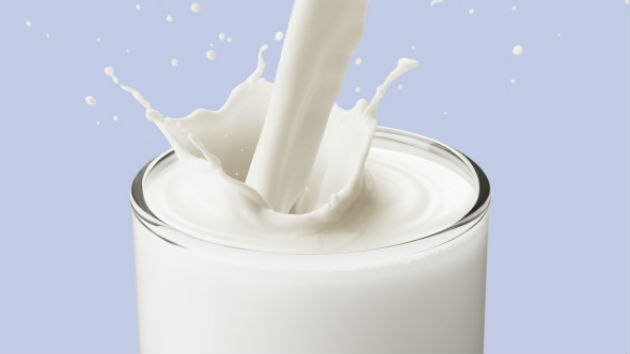
The US is breeding a new generation of avocado eaters. The industry is responding.
By clicking Go, I agree to recieve news and updates from TASTE and Penguin Random House. I acknowledge that I have read and agree to the Penguin Random House’s Privacy Policy and Terms of Use and understand that Penguin Random House collects certain categories of personal information for the purposes listed in that policy, discloses, sells, or shares certain personal information and retains personal information in accordance with the policy. You can opt-out of the sale or sharing of personal information anytime.
My infant is six months old, the age when US-based pediatricians, nutritionists, and social media influencers unanimously say that babies should begin eating solid food. How they should be eating is a more divisive topic. Are you in the baby-led weaning camp, the old-is-new method of letting children pick up pieces of solid foods to bring to their mouth on their own? Or do you purée, preferring the peace of mind of fewer airway obstructions? Just a couple of decades ago, spoon-feeding powdered rice cereal was deemed by heath care experts to be the best way to introduce foods other than breast milk or formula. Today, whether mashed or cut into tiny fist-length spears, avocados are increasingly recommended as not just one of the first but THE first solid food for babies, by everyone from books to apps to social media influencers. The fruit’s status as a food that is mild in flavor, rich in nutrition, and not a common allergen has recently made it a quintessential kids’ food across the United States, ensuring new generations of avocado eaters for years to come.
Avocados, also known as avocado pears, are native to Central America, where they are a staple of the cuisine. They grow from evergreen trees that can reach heights of 80 feet and provide shade below with their thick, flat leaves. Most of the world’s avocados today are grown in Mexico, a market worth an estimated $2.84 billion. According to the US Department of Agriculture, consumption of avocados in the United States has tripled since 2001, climbing to more than eight pounds per person each year. The avocado has become firmly embedded in American institutions like the Super Bowl and the club sandwich—as well as in the cuisines of places as far-flung from Mexico as Japan (think maki rolls) and Australia (as in the infamous avocado toast). The rise of avocados from a delicacy to an everyman’s lunch on toast has launched cottage industries in home delivery that specialize in offering perfectly ripe fruit, or unique varietals grown throughout the year.
























